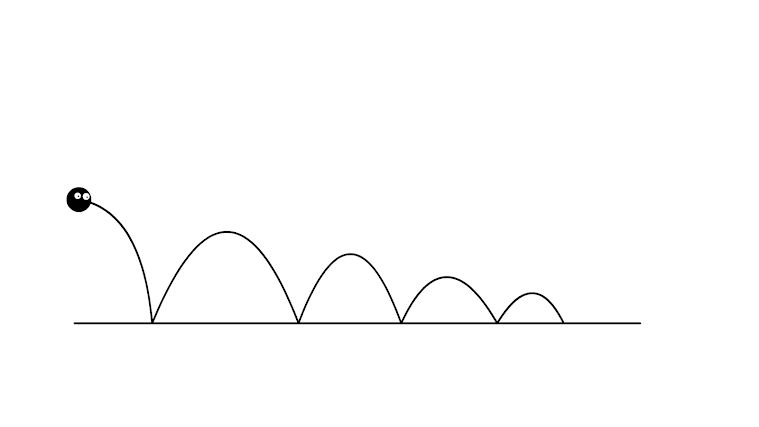Minor Project: Researching Composition And Camerawork
As stated in the previous post, I want to focus on camera work, so that I can get the best possible shots for my fight sequence. In order to understand how this is done within the industry, I found a video online explaining composition and framing.
Ultimate Guide to Film Composition & Framing — Key Elements Explained
The video breaks composition and camerawork up into 9 different sections and explains how each of these elements are used within film, giving a range of different visual examples to reinforce the idea. I found the image below to be especially useful to remember the 9 techniques.
Below are the notes I took while watching the video as it breaks down and explains the different techniques used.
The video firstly explains what composition is, "Composition – the arraignment of elements in an image, not only what is included but how those things work together in a shot to create meaning".
Points –
directing the viewers eye (what draws your eyes attention) Mostly used in wide
shots, where your eye is naturally driven to the focus.
Used with
the knowledge of the rule of thirds (Subject of the frame should be placed at
one of the intersections of the grid). Example on the left of image
The golden
triangle (drawing a point from corner to corner and then the lines intersecting
that line from the other two corners). Examples on the right of image
Lines –
vertical (height and strength), horizontal (distance and calm)l. Diagonal
(off tilted energy)l, curved (graceful compositions), leading lines (pull eyes
to a certain direction),
Lines main purpose in a shot is to influence the mood and direction. I took the examples from the video and drew in the line technique used in the shot.
Shapes - Clean
shapes (squares, circles, triangles) satisfying to look at and tie things
together, Irregular shapes can feel more chaotic or natural.
Textures and patters - Helps the audience to read an image. Lighting can be used to help inform texture. Texture can be used to help establish characters within a scene. I could use this idea in my own work as its about two very different words colliding, traditional and technology.
Space - Can be split in two, positive and negative. Positive is the area given to your subject and negative space is the space around them
Space can be used to highlight the importance of an object or person in a scene, as well as the power something may hold over the other elements of the scene.
Depth - 3 sections, the foreground, the middle ground and the background
Can be used in a shot to layer compositions, with the important detail usually being in the foreground.
Balance - Balanced shots are more pleasing to the eye for the audience to observe. The idea of balance can be formed by using symmetry within a shot.
At the same time unbalanced framing can be used to create uneasiness for the audience.
Rule of odds – when shooting multiple subjects, its more pleasing for the group to be an odd number
The golden ratio is a natural balance, found by dividing up a rectangle until it can no longer be seen. It is the place your eye is naturally drawn to.
Angle - How this information is depicted – High angle (subject small and less powerful) Low angle (subject powerful) overhead angle (detached and objective perspective), Dutch angle (tilted to one side)
The angle of the camera can be used in order to convey the emotion of a scene.
Colour and tone - This is how we the audience read an image. Depending on what colours are used, an image is easier to digest and get lost in the shot.
After watching the video I now understand exactly what composition is and its importance when creating a film. It was really useful that it broke down each individual technique and at the end showed a full clip from the film displaying how all the techniques are used together simultaneously.
I will now use the information learnt to help identify how the camera and composition is used within fight scenes and pick out certain frames I like and look at them in more detail. This will help me further to understand why I like certain shots and how I can apply this to my own work.












Comments
Post a Comment